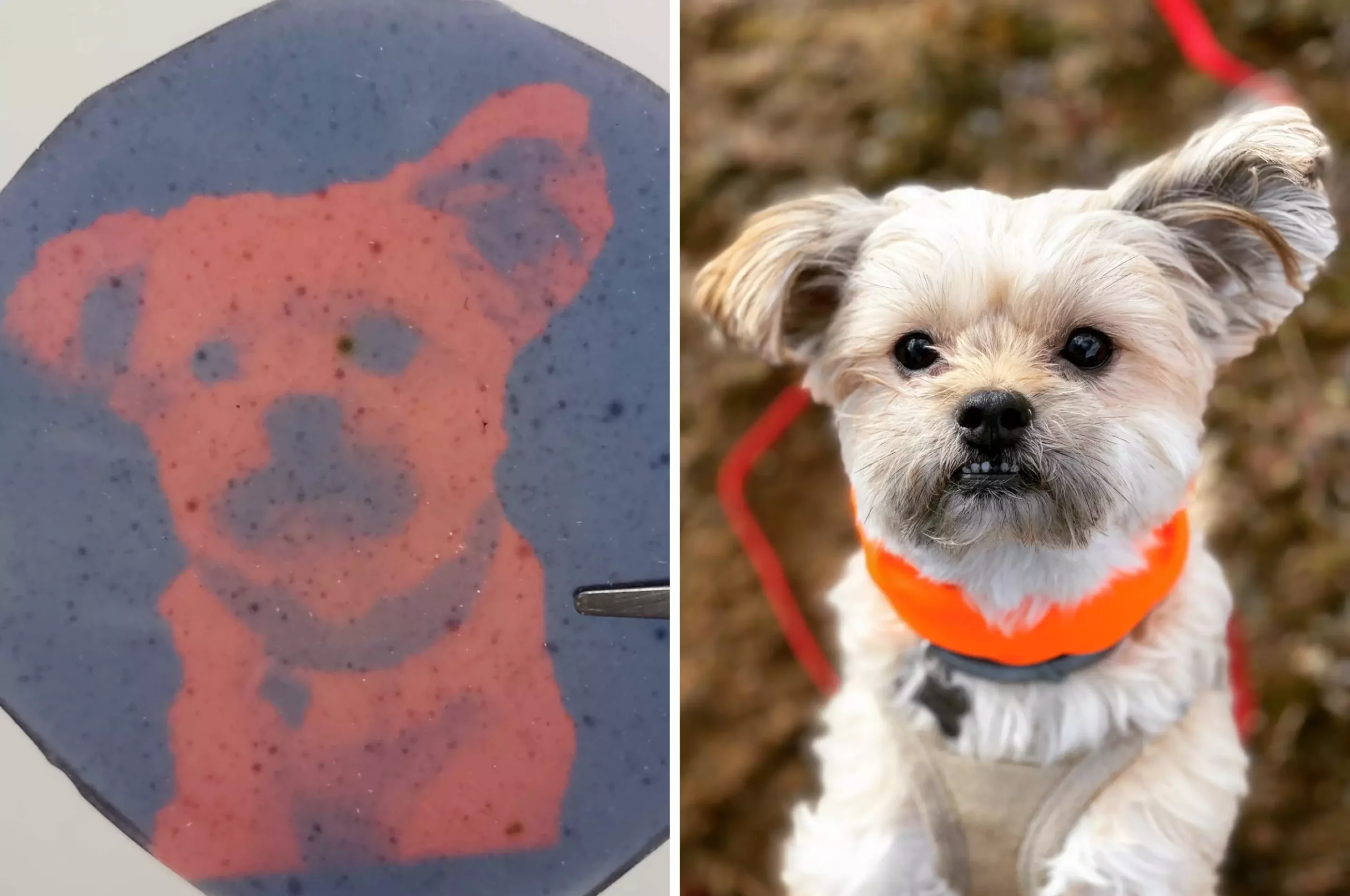In a recent study published in the journal Chem by researchers at Dartmouth and Southern Methodist University (SMU), a groundbreaking technique was introduced that could potentially revolutionize the field of medical imaging. The innovation involves using a specialized light projector to imprint two-dimensional and 3D images inside polymers containing a photosensitive chemical additive. This process allows for the creation of highly detailed and customizable visual data that can be easily erased and reused, making it ideal for use in a variety of applications ranging from medicine to art.
The technology developed by Ivan Aprahamian and his team at Dartmouth enables the creation of 3D projections of medical scans that can be suspended inside an acrylic cube. The light-based engraving remains in the polymer until heat is applied, effectively erasing the image and preparing the cube for the next scan. This allows for the rapid generation of hand-held reproductions of a patient’s heart, brain, kidneys, or other organs, offering a new way to visualize and interact with complex anatomical structures.
The potential applications of this technology are vast, with Aprahamian citing uses such as planning surgeries, developing architectural designs, and generating educational material. The ability to quickly produce high-resolution 3D images in a compact and easily customizable format could have a significant impact on various industries, including healthcare, manufacturing, and education. The simplicity and versatility of the technology make it accessible to a wide range of users, eliminating the need for complex instrumentation or virtual reality headsets.
The key component of this innovation is a light-sensitive chemical “switch” formulated by Aprahamian and Qingkai Qi, which reacts to specific wavelengths of light to create and erase images in polymers. By integrating this switch into readily available polymers, such as acrylic cubes, the researchers were able to transform them into functional displays capable of producing detailed 3D projections. The development of this chemical additive opens up new possibilities for creating interactive and dynamic visual content with ease.
While the current technology is already capable of producing animated images in polymers, the researchers are focused on further refining and enhancing the process. Future work will involve tuning the chemical switch properties to improve resolution, contrast, and refresh rate, in order to scale up the technology for practical use in various industries. The potential for creating intricate 3D projections from 2D images, such as medical scans, presents exciting opportunities for advancing the field of imaging technology and enhancing our understanding of complex structures.
The development of a reversible 3D imaging technology using light and heat represents a significant advancement in the field of visual data representation. The ability to create detailed and customizable 3D projections in polymers opens up new avenues for applications in medicine, education, and industry. With further advancements and refinements, this technology has the potential to reshape how we interact with and visualize complex information, offering a glimpse into a future where 3D imaging is more accessible and versatile than ever before.


Leave a Reply